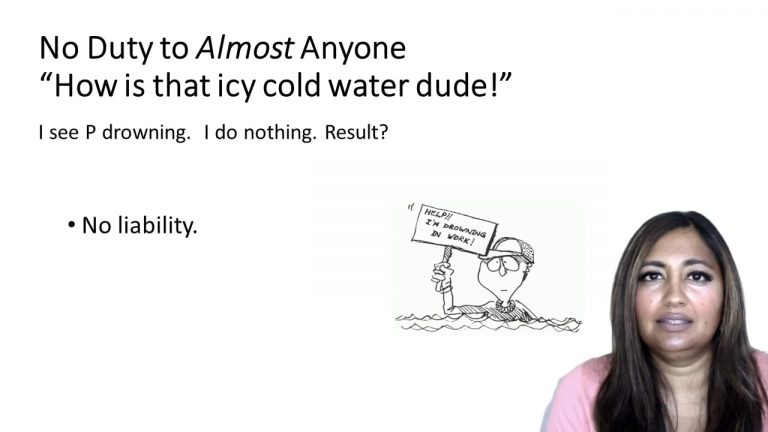SmartBrief
Confirm favorite deletion?
Torts keyed to Robertson
Galanti v. United States
Citation:
United States Court of Appeal, Eleventh Circuit, 1983. 709 F.2d 706.Facts
Isaac Galanti was interested in purchasing a piece of property from Roger Underhill in Fulton County, Georgia. The pair were inspecting the property when they were both shot to death while inspecting the property in October, 1978. Unknown to Galanti at the time, Underhill was acting as a key witness in a government investigation into the criminal activity of Michael Thevis, a convicted felon who was a fugitive at the time of the events. A month after the murders, Thevis was caught and convicted in federal court of violating Underhill’s civil rights by having him murdered, along with Galanti, in order to prevent Underhill from testifying in the government’s case.
Several months prior to the murders, Underhill was in frequent contact with Paul King, Jr., the F.B.I. Agent in charge of the Thevis investigation. King was aware that several earlier attempts were made by Thevis to have Underhill murdered. King considered Underhill to be in a lot of danger and arranged for him to enter a witness protection program. However, Underhill refused to enter the program until he was able to sell the property in Fulton County and continued to visit the property despite King’s warnings. On the night before the murders, Underhill called King and told him he’d be showing the property the next day to Galanti, who had responded to his newspaper ad about the property. King made no effort to contact and or warn Galanti of the potential danger and he did not arrange for surveillance of the property that day. This conduct formed the basis of Vivian Galanti’s suit in the district court as she claimed that his failure to protect or warn her husband of the foreseeable danger was negligent and the proximate cause of his death.
Only StudyBuddy Pro offers the complete Case Brief Anatomy*
Access the most important case brief elements for optimal case understanding.
*Case Brief Anatomy includes: Brief Prologue, Complete Case Brief, Brief Epilogue
- The Brief Prologue provides necessary case brief introductory information and includes:
Topic:
Identifies the topic of law and where this case fits within your course outline.Parties:
Identifies the cast of characters involved in the case.Procedural Posture & History:
Shares the case history with how lower courts have ruled on the matter.Case Key Terms, Acts, Doctrines, etc.:
A case specific Legal Term Dictionary.Case Doctrines, Acts, Statutes, Amendments and Treatises:
Identifies and Defines Legal Authority used in this case.
- The Case Brief is the complete case summarized and authored in the traditional Law School I.R.A.C. format. The Pro case brief includes:
Brief Facts:
A Synopsis of the Facts of the case.Rule of Law:
Identifies the Legal Principle the Court used in deciding the case.Facts:
What are the factual circumstances that gave rise to the civil or criminal case? What is the relationship of the Parties that are involved in the case.Issue(s):
Lists the Questions of Law that are raised by the Facts of the case.Holding:
Shares the Court's answer to the legal questions raised in the issue.Concurring / Dissenting Opinions:
Includes valuable concurring or dissenting opinions and their key points.Reasoning and Analysis:
Identifies the chain of argument(s) which led the judges to rule as they did.
- The Brief Prologue closes the case brief with important forward-looking discussion and includes:
Policy:
Identifies the Policy if any that has been established by the case.Court Direction:
Shares where the Court went from here for this case.

 17m 8s
17m 8s